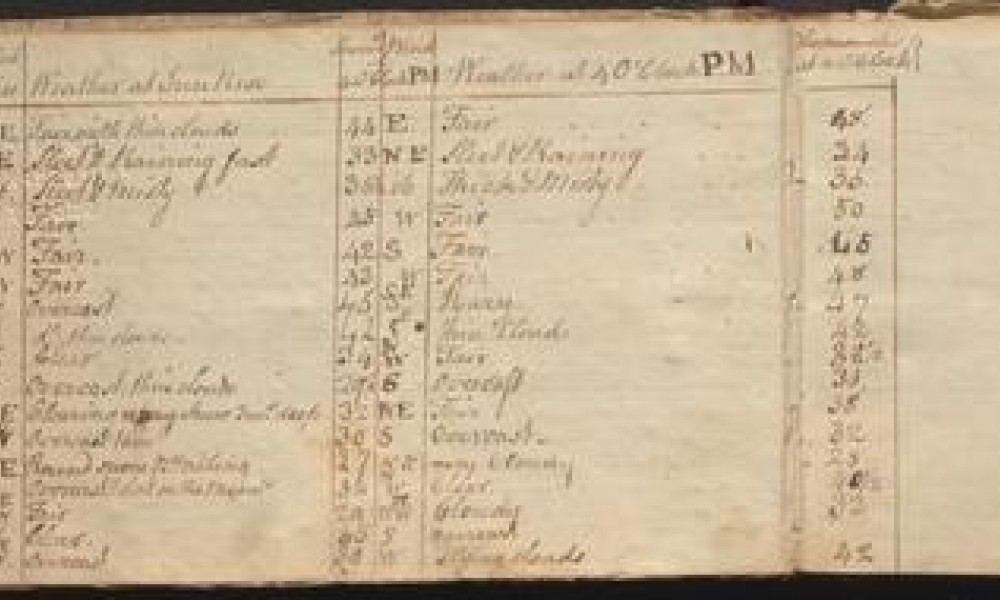Meteorological Data - Contextual Information

We check the weather everyday. Knowing the weather helps us make decisions: what to wear, how to plan our day, and even how to stay safe and healthy. To check the weather today, we can look at an app on our phone, turn on our TV, or check on our computer. Meteorologists (someone who studies weather) predict the weather by observing atmospheric patterns and data gathered by a variety of tools. These patterns help give the public important information especially during dangerous weather seasons. Being able to observe and predict the weather gives the public advanced warning for extreme weather such as hurricanes, tornadoes, blizzards, dust storms, thunderstorms, etc. The weather does not just affect our plans, it affects our health, neighborhoods, property, ecosystems, and livelihoods too. Thermometers, barometers, and weathervanes are still being utilized today as in the past to observe and record the weather. In fact, most of these are tools similar to the ones scientists used in the 18th and 19th centuries.
The American Philosophical Society (APS) is now working on making our historic meteorological records accessible through transcription and digitization. Watching for weather patterns has been an important endeavor throughout history. In the 18th and 19th centuries, farmers would observe weather patterns since the weather could help or hurt their crops. George Washington, Thomas Jefferson, and James Madison are just a few well known names that made sure to document or observe the weather in regards to their plantation crops. Thomas Jefferson became interested in documenting the weather for his crops on his plantation as well as to document the climate throughout the US. Madison and Jefferson both kept extensive journals at their plantations documenting the weather with sections to record temperature and wind direction. Madison also made sure to note in his weather journals additional observations on gardening, farming, and even animal occurrences.
However, who is not noted in these journals? Enslaved people were laboring on the plantations these founding fathers were observing and documenting. The people given credit for documenting this data were not involved in the hard labor. Enslaved people were forced to do the hard labor on plantations while their owners noted the scientific data. (Note that, in this vein, historians today have referred to plantations such as those referenced here as labor camps.)
APS Fellows Molly Nebiolo and Joe Makuc worked with James Madison’s meteorological records to make them accessible to the public. Both fellows have used the data they accumulated to tell the stories they discovered along the way. These stories are: “Have You Ever Seen the Rain?: The 1791 Drought’s Damage to Agriculture at Montpelier” and “Locating the Transatlantic Seed Trade in James Madison’s Garden.” These two stories are just the beginning of the tales researchers can gleam from meteorological data.
These stories do not solely reside in the past, they also reverberate in the present. Global warming continues to adversely affect the planet, increasing the warmth of the planet slowly and increasing extreme types of weather. Data collected by founding fathers like James Madison and Thomas Jefferson can be used to document the change in climate over time. Further, by doing this work today and continuing to explore these documents, we are able to tell the stories that were either omitted or neglected years ago. With this data, we can continue to evaluate and collect data to show the continued detrimental effects of global warming and the effects of biased historical practices of the past.
Written by Ali Rospond, Museum Education Coordinator
